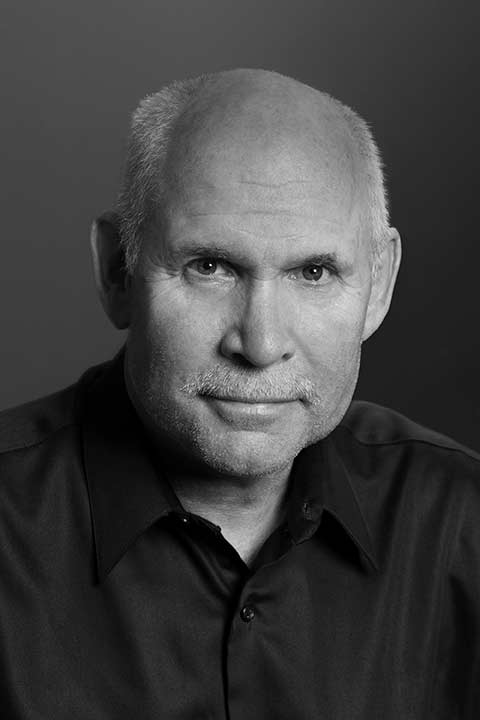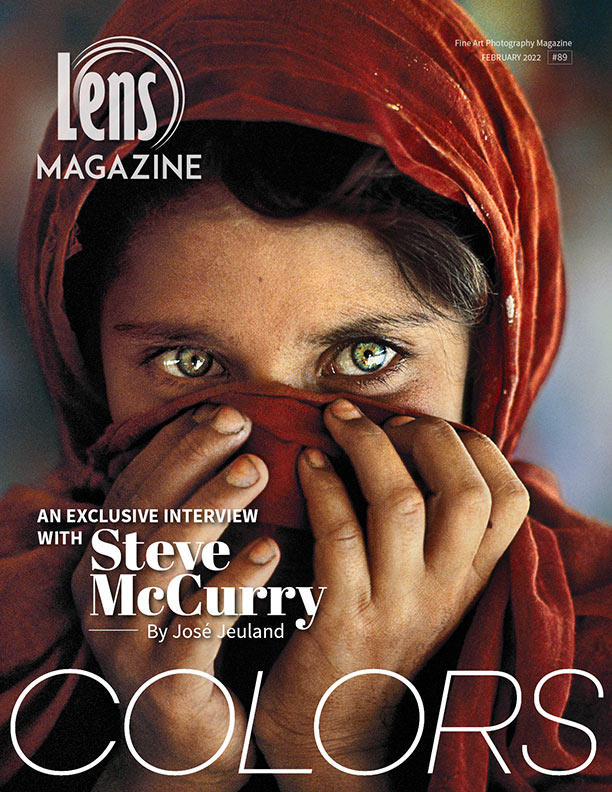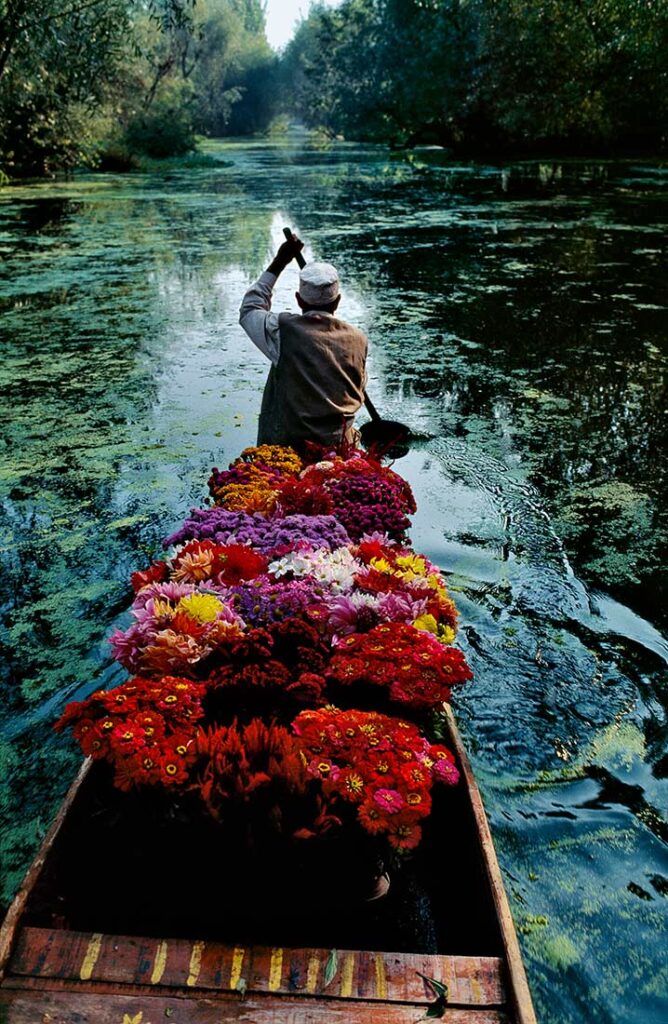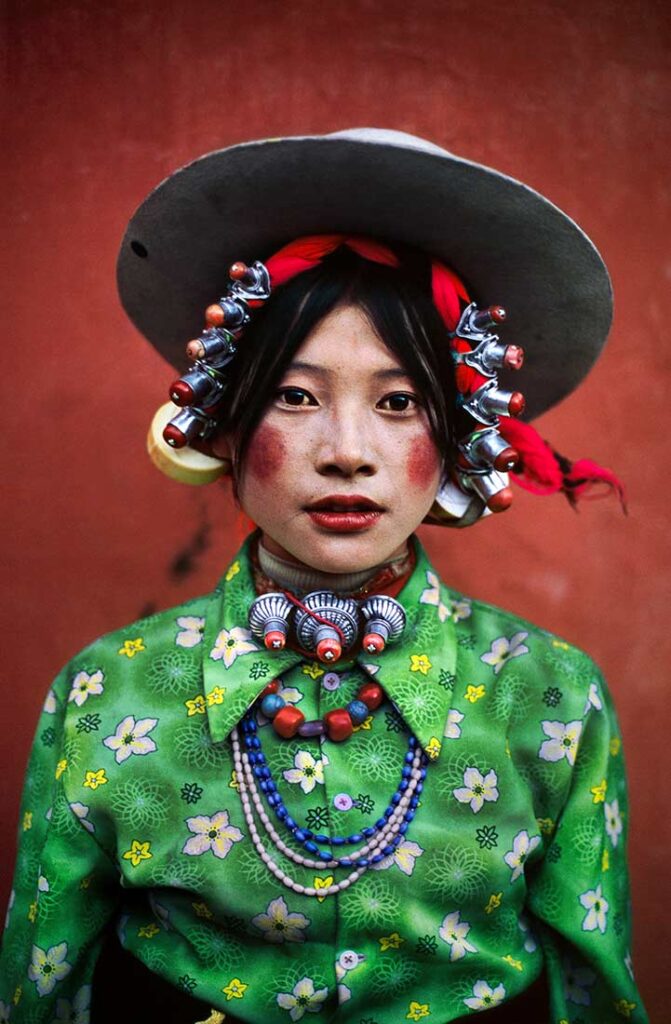An Exclusive Interview With
One of the most iconic voices in contemporary photography
Steve McCurry
By José Jeuland
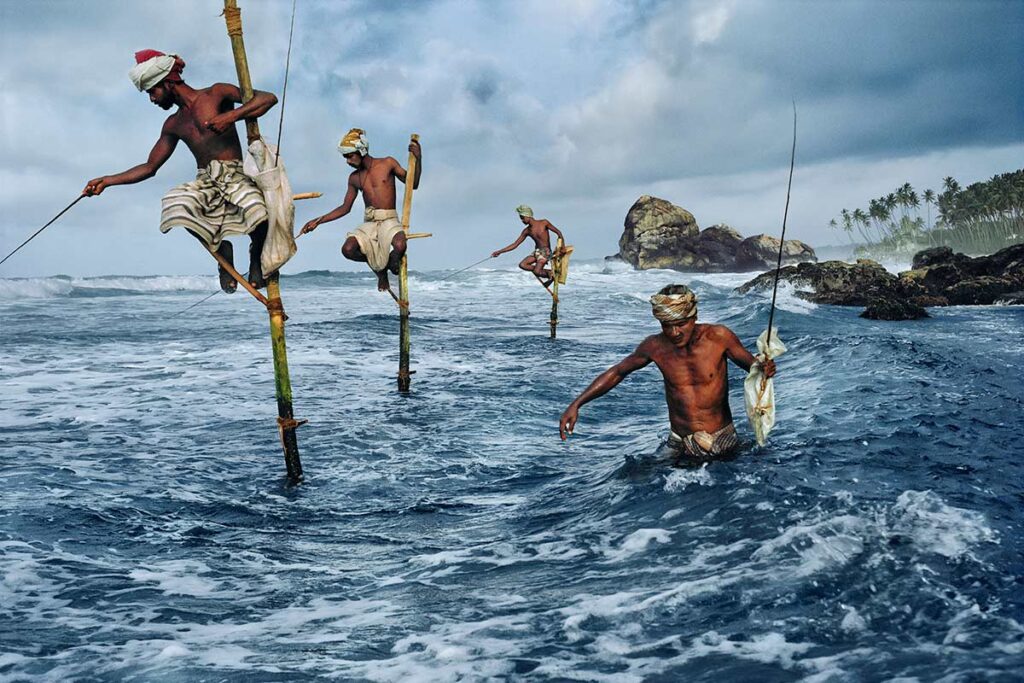
Fuji Crystal Archive Print.
Steve McCurry © All rights reserved.
“There’s a contemplative or meditative quality to photography which I find to be a sort of peaceful state. I love being able to travel the world, experience different cultures and landscapes.” -Steve McCurry
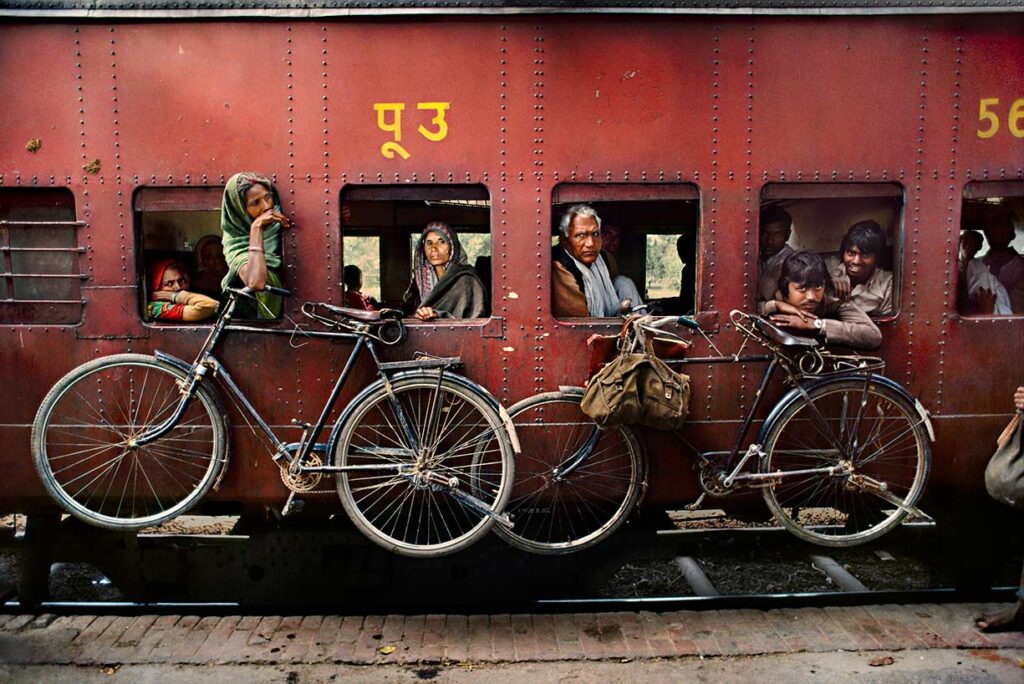
Steve McCurry © All rights reserved.
For more than thirty years, Steve McCurry has been one of the most iconic voices in contemporary photography, with international awards, scores of magazine and book covers, over twenty published books, and many exhibitions worldwide. We are absolutely delighted to feature an exclusive interview with one of the most influential photographers of our generation and to put on the spotlight his must-see exhibition ‘Steve McCurry: Its Own Place and Feeling’ exhibited at the Etherton Gallery until April 2, 2022!
Magnum photographer Steve McCurry has been one of the most iconic figures in contemporary photography for many years. His body of work spans conflicts, vanishing cultures, ancient traditions, and contemporary culture alike – yet always retains the human element that made his celebrated image of the Afghan Girl such a powerful image.
McCurry came close to losing his life twice. He was almost drowned in India, and he survived an airplane crash in Yugoslavia. McCurry has had his work featured in magazines worldwide.
He has been recognized with some of the most prestigious awards in the industry, including the Robert Capa Gold Medal, National Press Photographers Award, and an unprecedented four first prize awards from the World Press Photo contest.
In addition, McCurry’s work is featured in solo exhibitions in galleries and museums worldwide and has been published in dozens of books translated into many languages.
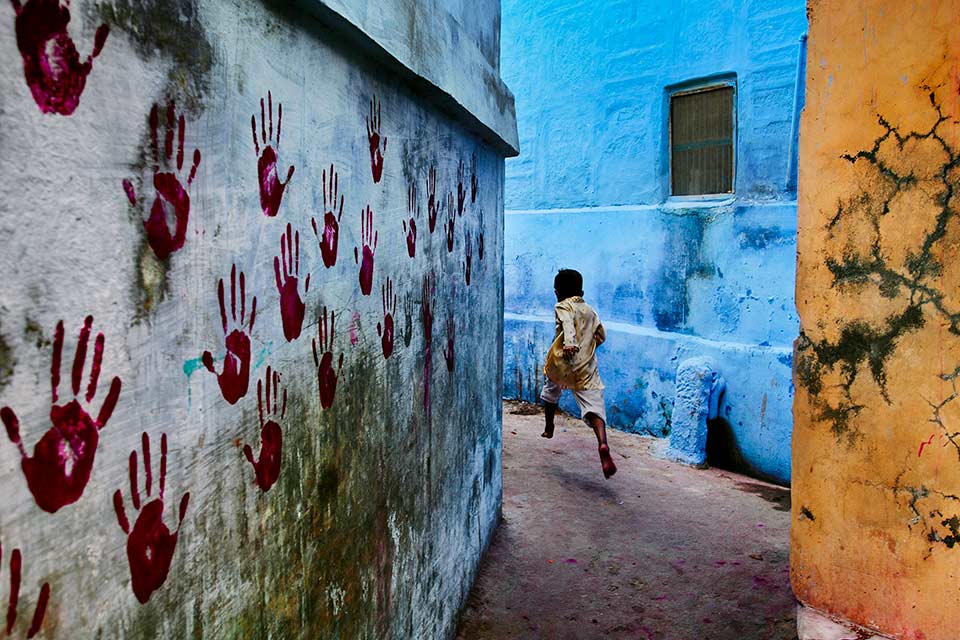
Fuji Crystal Archive Print
Steve McCurry © All rights reserved.
Iconic ‘Afghan Girl’ | The Story Behind The Photo
Steve McCurry’s famous portrait of Sharbat Gula captivated readers with her haunting eyes when she first appeared on the cover of National Geographic in 1985. The beautiful and previously anonymous Afghan girl featured in one of the past century’s most enduring portrait photographs —
and what became National Geographic magazine’s most famous cover image.
The portrait was originally shot for an article focused on the Pakistani-Afghan border. However, after it was published, it soon became a symbol of Afghanistan to the West, particularly for raising awareness of the difficulties and struggles of Afghan women.
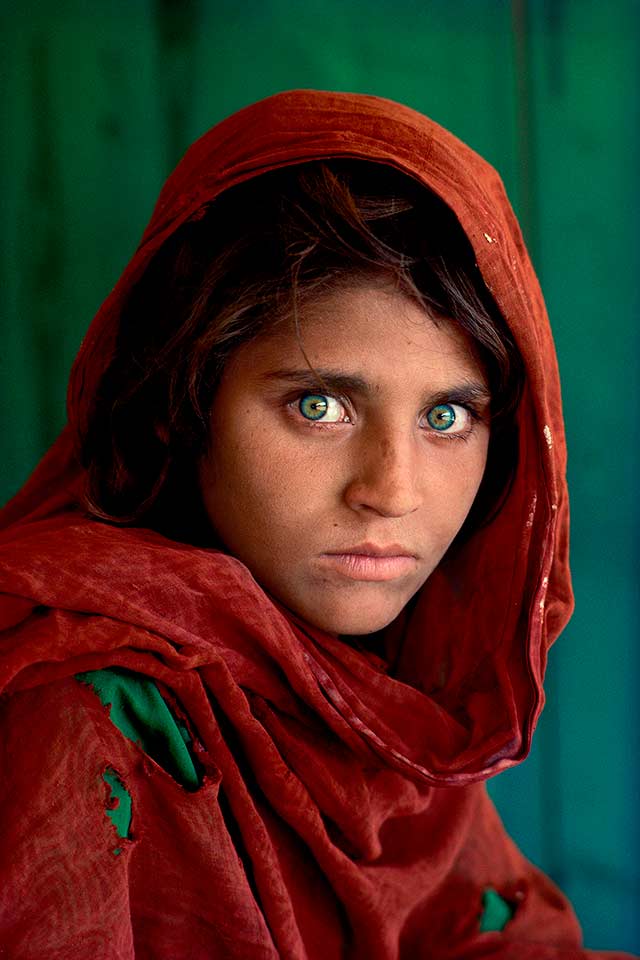
Fuji Crystal Archive Print. 20″ x 24″. Steve McCurry © All rights reserved.
After a Soviet strike that killed Sharbat Gula’s parents, she was forced to flee the camp to the Nasir Bagh refugee camp, in neighboring Pakistan, with her siblings and grandmother. It was there that photographer Steve McCurry took her photograph. Her face became a symbol of the 1980s Afghan conflict and of the refugee situation worldwide. When the photo first appeared in the magazine, her name was unknown, and the photo was just titled: “Afghan Girl.”
For over 17 years, the Afghan Girl’s name and identity remained a mystery until McCurry and a National Geographic team traveled to Afghanistan in 2002 to locate her in one of the country’s remote regions. She was now a woman around 30 years old and a married mother of three girls. When McCurry was permitted to meet with her again, he told her that her image had become famous. Sharbat Gula was not particularly interested in her personal fame, but she was pleased when he told her she had also come to be a symbol of the dignity and resilience of her people. When her brother was asked what his sister’s life was like, he said (in 2002), “She rises before sunrise and prays. She fetches water from the stream. She cooks, cleans, does laundry. She cares for her children; they are the center of her life.”
Sharbat Gula had never seen her famous portrait before it was shown to her, then. She also agreed to have her picture taken for the second time in her life.
After the Taliban regained power in Afghanistan in August 2021, Sharbat Gula asked for help to leave the country. In November of the same year, she was being evacuated to Rome with the help of the Italian government. She is now living in safety and peacefully in Italy with her family.
In 2021, POLAR STAR FILMS & INTREPIDO FILMS published a 90-minute documentary film,
“MCCURRY: THE PURSUIT OF COLOR”
Directed by DENIS DELESTRAC. The movie features exclusive interviews with family, friends, colleagues, and the photographer himself, bringing to life the stories behind some of the most iconic photographs of the 20th century, including the sensitive full story of Sharbat Gula. Watch the trailer:
An Exclusive Interview With
Steve McCurry
By José Jeuland
Right: Sharbat Gula, Nasir Bagh Refugee Camp, Peshawar, Pakistan, 1984. Steve McCurry on the cover of Lens Magazine Issue #89 © All rights reserved.
José Jeuland: Dear Steve, It is a great pleasure having this interview with you. As a Magnum photographer and one of the most influential of our generation, internationally award-winning with countless solo exhibitions in galleries and museums worldwide, exhibiting photos that became iconic and the most recognizable images, I wonder how you feel in this respectable position. Do you feel you have reached your goals? Suppose you look back at your journey since graduating from your studies. How have these successes and accomplishments affected your perspective on the photography field, and did it change your self-esteem and your inner feeling professionally and personally?
Steve McCurry: For me, the goal is to find some sort of universality among people across a huge variety of conditions – if I am successful in this, the image should be universally understood by anyone who has experienced the human condition regardless of their individual circumstances.
José Jeuland: Tell us about your passion for the photography field. How did it all begin? Did you have an artistic environment at home as you grew up? You have graduated from the Pennsylvania State University with cinematography studies. Did these academic studies play a significant role in your life as a photographer?
Steve McCurry: At first, I just wanted to travel, and photography was a way to allow me to do that. I’ve been interested in drawing and painting since I was ten years old and became interested in photography when I was nineteen. I studied cinematography in college and took several fine-art photography classes.
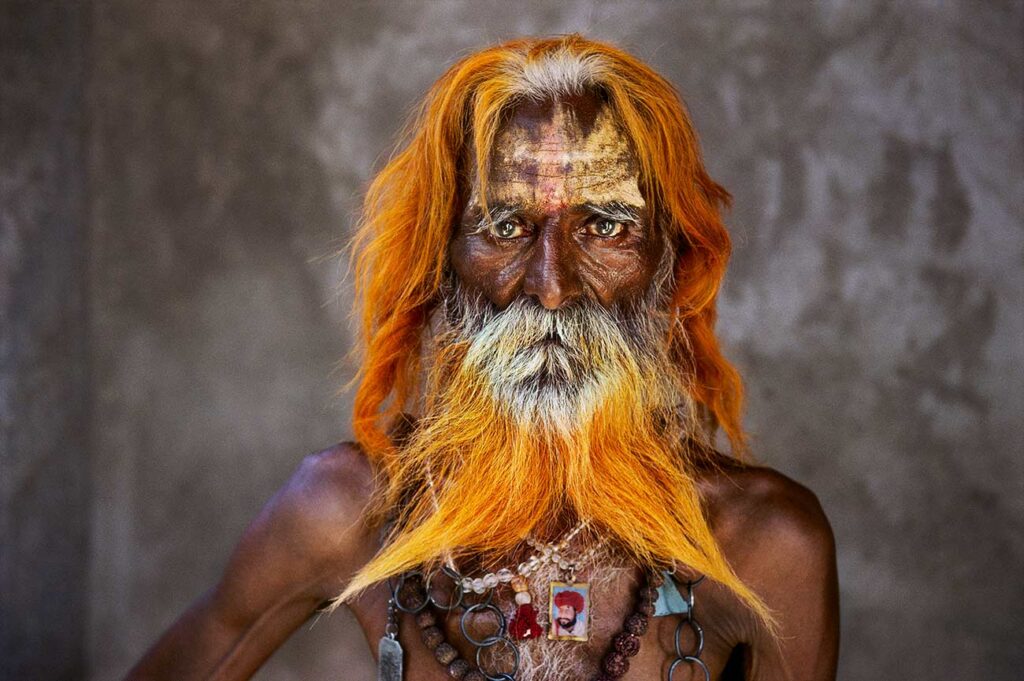
Fuji Crystal Archive Print
Steve McCurry © All rights reserved.
José Jeuland: Your most iconic recognizable portrait photo, “AFGHAN GIRL,” featuring a Pashtun girl (Sharbat Gula), a refugee from Afghanistan, taken on the border of Pakistan in 1984 during the Soviet occupation of Afghanistan, received enormous exposure worldwide and became a symbol of Afghanistan to the West, with all of its difficulties and struggles. Back in 1985, the photo was published on the National Geographic cover, which gave you enormous success and created extreme awareness of Afghan women’s rights and the terrible situation of the Afghan people. Would you tell us about this significant period after the image was published? How did you feel with all this exposure and recognition?
Steve McCurry: The success of the image has given me many opportunities to support Sharbat and her family over the last twenty years. This year, I worked with a team to have her evacuated from Afghanistan to Italy.

Fuji Crystal Archive Print
Steve McCurry © All rights reserved.
José Jeuland: It takes great courage and a feeling of a mission and purpose to work in such a dangerous part of the globe these days. Do you still create projects in Afghanistan, or were you forced to stop for the time being since the takeover of Afghanistan by the Taliban in 2021?
Steve McCurry: The Taliban takeover has caused some disruption on the projects I am involved in, but we are moving forward positively. I am now supporting four classes for girls, both in Kabul and Jalalabad.
José Jeuland: Later on, you have focused mainly on South Asia during the decades of your career, including the publishing of several books featuring outstanding photos from India, Myanmar, Cuba, Kashmir, and the white-washed temples of the Himalayas. What was the reason for changing your direction from Pakistan / Afghanistan to these countries?
Steve McCurry: My love of art, photography, and travel culminated in a strong desire to document disappearing cultures in the East. Asia is so fascinating because everything is so radically different from how I grew up. Asia is so visually and spiritually rich with the various customs, traditions, food, music, architecture, and religion. I fell in love with the Buddhist way of life, which pays particular attention to compassion and acceptance. For me, there’s a kind of relaxed introspection watching the monks, studying, meditating, and doing their routines.
They practice and study to improve their minds and make the world a better place.
Steve McCurry © All rights reserved.
Right: Woman at Horse Festival, Tagong, Tibet , 1999
Fuji Crystal Archive Print. Steve McCurry © All rights reserved.
José Jeuland: Personally and professionally, do you still have a ‘hidden dream’ for the future? Maybe in covering the cultural aspect of some other countries, you have never taken photos of in the past?
Steve McCurry: There are still many places around the world I would like to visit. I would love to travel to Iran, Central Asia, and the Russian Far East.
José Jeuland: Recently I visited your exhibition at the Museum Maillol in Paris, which is called “Le Monde de Steve McCurry,” It was fantastic. How many exhibitions do you have per year internationally?
Steve McCurry: I usually have around five to ten international exhibitions a year, in museums, galleries and leading photo fairs.
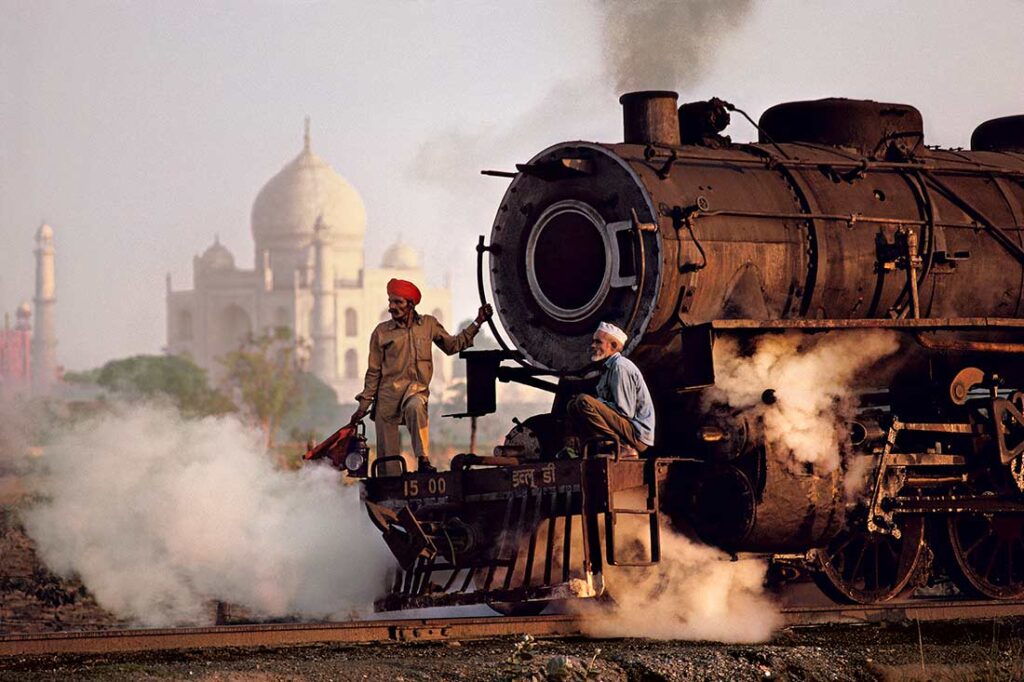
Fuji Crystal Archive Print
Steve McCurry © All rights reserved.
José Jeuland: You are one of the most famous photographers globally and renowned for storytelling, travel, reportage. Do you have an idea of how many exhibitions you have done in the world during your long life career? How many books, fine art prints, or posters have you sold?

